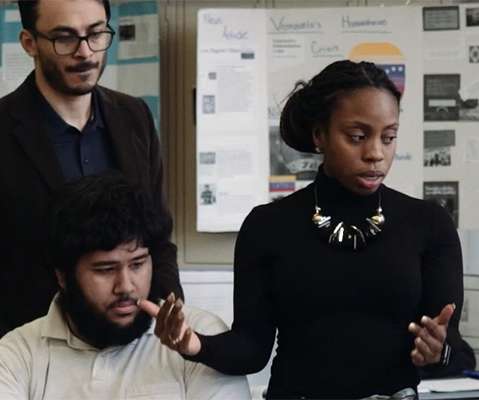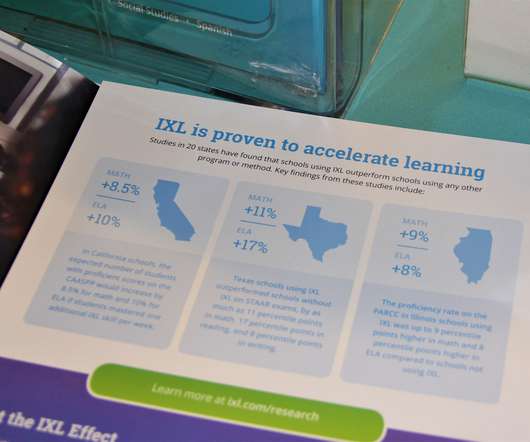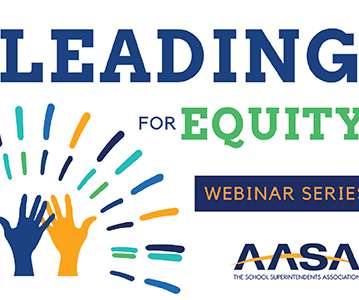Empowering Community Perspectives in Evaluation Research
Digital Promise
DECEMBER 17, 2019
What is equitable evaluation? As funders, government agencies, and service providers become increasingly focused on program evaluation results to make evidence-based decisions, evaluators and other researchers seek to answer this question. Why does equitable evaluation matter? .





















Let's personalize your content